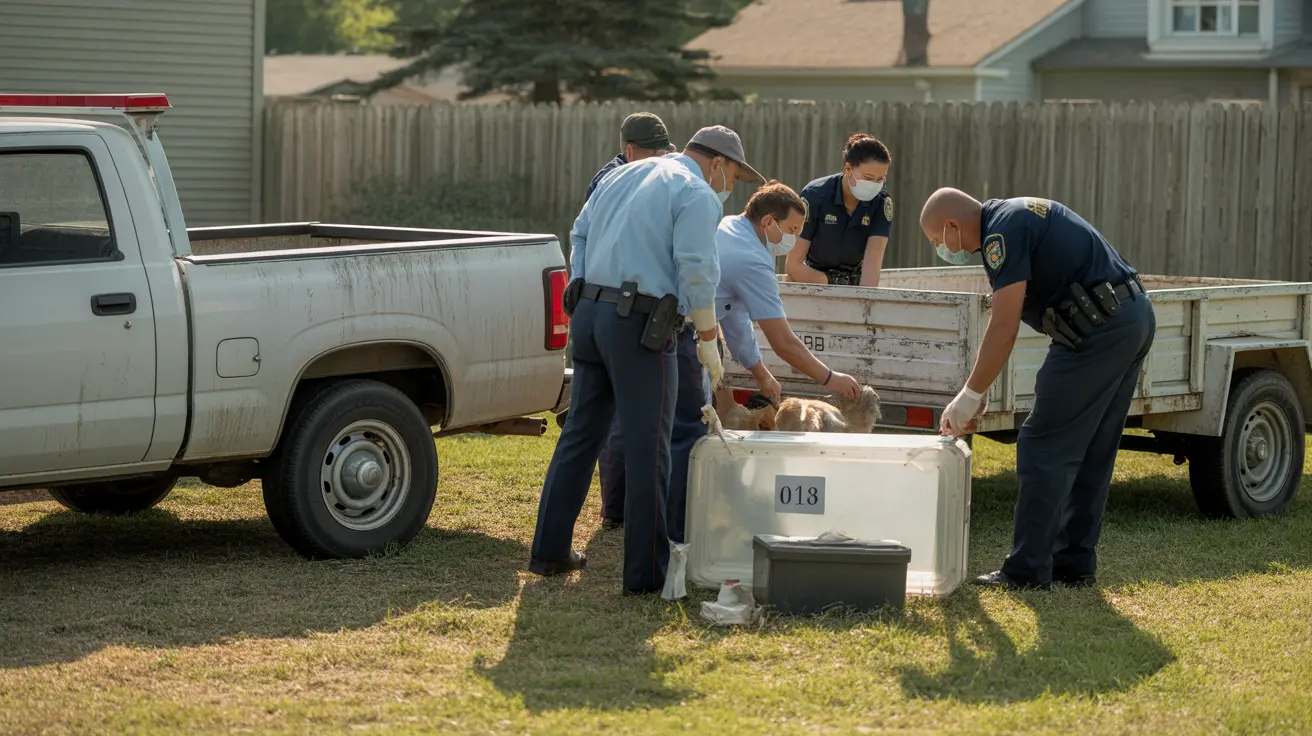Understanding the Common Triggers for Aggression in Pets
Aggression in pets, especially dogs and cats, is a concerning behavior that many pet owners encounter. Recognizing and addressing the underlying causes can help prevent incidents and ensure a safe environment for both animals and humans. In this article, we delve into the
most common triggers for aggression and provide actionable insights to manage them effectively.
1. Fear-Based Aggression
Fear is one of the most frequent motivators for aggressive behavior. When a pet feels threatened or cornered, it may react defensively.
- Lack of socialization: Pets not exposed to various stimuli early in life may react fearfully to unfamiliar people or environments.
- Past trauma: Animals that have experienced abuse or neglect might develop long-term fear responses.
- Sudden loud noises or movements: These can startle pets and provoke aggression.
2. Territorial Aggression
Pets can become aggressive when they perceive their space as being threatened.
- Protecting home or yard: Dogs especially are known to defend their territory from strangers or other animals.
- Defending resources: Food, toys, or even people can be causes of territorial disputes for pets.
3. Pain-Induced Aggression
Animals in pain might lash out, even if they are typically friendly.
- Injury or illness: A pet suffering from physical discomfort may react aggressively to handling.
- Post-surgery: Temporary pain or medication side effects can cause irritability.
4. Redirected Aggression
This occurs when a pet is aroused or agitated by something but cannot direct their aggression toward the source, so they redirect it.
- Barriers: A dog may see another dog across a fence, become agitated, and then bite a nearby person or pet.
- Sudden interruption: Trying to break up a dog fight can lead to redirection toward the owner.
5. Protective or Maternal Aggression
Especially common in female animals, this form of aggression is displayed while protecting their offspring or perceived family.
- Litter defense: Mothers may aggressively guard their young from perceived threats.
- Protective behavior: Pets may become possessive and aggressive over their owners or territory.
6. Frustration-Induced Aggression
Also known as barrier frustration, this occurs when an animal is restricted from reaching something they want.
- Leash aggression: Common in dogs restrained by a leash but attempting to interact with or challenge another dog.
- Crate or gate frustration: Pets confined to smaller spaces may lash out due to pent-up energy.
7. Learned Aggression
Some pets learn that aggressive behavior gets them what they want.
- Reinforcement: If barking or snapping leads to people backing away, the behavior is reinforced.
- Lack of correction: Without proper behavioral training, pets may grow accustomed to using aggression as a tool.
8. Dominance-Related Aggression
This outdated theory is less recognized in modern training but can still occur, particularly in multi-pet households.
- Alpha behavior: One pet trying to assert themselves over another may display aggression.
- Resource control: Fighting over toys, food, or human attention.
9. Genetic Predisposition
Some breeds or individual animals are more prone to aggression due to genetics.
- Breed tendencies: Certain breeds may be more protective or territorial by nature.
- Inherited temperament: Animals from aggressive or fearful parentage may inherit similar traits.
10. Inadequate Training and Socialization
Lack of proper training can foster aggressive behaviors.
- Inconsistent rules: Pets need clear boundaries and structure.
- Unsocialized pets: Exposure to people and environments is vital in early development stages.
Preventing and Addressing Aggression
To manage aggression effectively, it’s important to:
- Consult professionals: Seek guidance from veterinarians or certified animal behaviorists.
- Identify triggers: Observe and document what consistently causes aggressive responses.
- Positive reinforcement: Reward calm behavior and avoid using punishment, which can worsen aggression.
- Use desensitization: Gradually expose pets to their triggers in a controlled and safe way.
Conclusion
Understanding the root causes of your pet's aggression is the first step toward creating a safer, more harmonious environment. By identifying the specific triggers and applying consistent, positive strategies, pet owners can improve their animals’ behavior and overall well-being.





